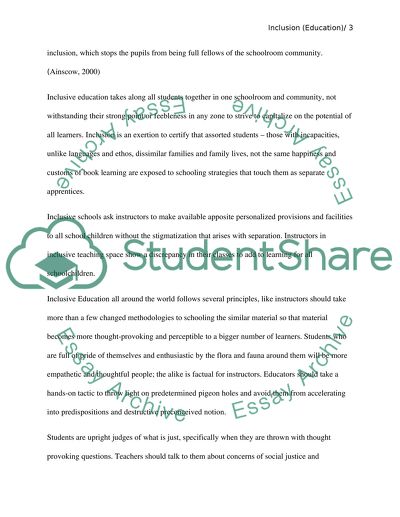Cite this document
(“INCLUSION Essay Example | Topics and Well Written Essays - 3250 words”, n.d.)
Retrieved from https://studentshare.org/education/1393021-inclusion
Retrieved from https://studentshare.org/education/1393021-inclusion
(INCLUSION Essay Example | Topics and Well Written Essays - 3250 Words)
https://studentshare.org/education/1393021-inclusion.
https://studentshare.org/education/1393021-inclusion.
“INCLUSION Essay Example | Topics and Well Written Essays - 3250 Words”, n.d. https://studentshare.org/education/1393021-inclusion.


